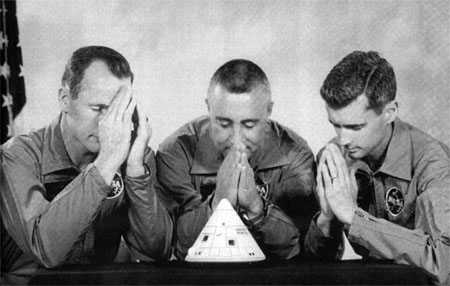The Armchair Economist’s Apprenticeship is a weekly series documenting my progress throughout my journey in the apprenticeship module of the Praxis program. I’m currently a market research analyst apprentice for a non-profit (my position is subject to change depending on the needs of my employer). At the request of my boss, I’ll be keeping the details of my employer under wraps for the time being.
Week 16: August 17, 2020 – August 21, 2020
What I’m Learning:
One cool thing I learned at work last week:
Learn to negotiate. Prices are always negotiable in a proposal, unless otherwise stated. Think like an entrepreneur and learn to haggle. The given price is never the final price; likewise this is more of a “flea market environment” than a retail store like Walmart.
My employer was offered a $400,000 proposal from a company looking to partner with us and provide educational materials and resources but the sticker shock is way out of our price range. I also connected with this company through a friend who works for them and my employer had been searching for an educational organization like them.
I suggested to our founder that we should ask the price for just the courses and nothing else (the company was offering a bunch of other things such as digital marketing services and career guidance to name a few, things that we didn’t need). Doing so would drive their asking price way down.
Our founder happily accepted my idea and thought it was an excellent idea. Right now, dialogue between us and the other organization will continue until we get an affordable price for the courses.
One cool thing I learned outside of work last week:
Hurricane season has been interesting this year. Last week, the Fujiwhara effect had been trending on the news because it explains the weird phenomenon that the Gulf of Mexico is currently experiencing.
Two tropical storms (potential hurricanes) have formed simultaneously, one in the Gulf and the other in the Atlantic heading its way to the Gulf, and it can go in one of three ways; dance around each other, absorb into one large storm, or repel each other and then dissipate.
The Fujiwhara effect is a rare event but can cause devastating damage if it morphs into a huge hurricane.
With that said, anybody got double hurricanes on their 2🌀2🌀 bingo card?
What I’m Creating:
One example of how I created value at work last week:
I managed to save an important negotiation deal and keep dialogue going between my employer and a potential partner organization.
Long story short, without blaming any coworkers, I talked over the phone with the founder that I’m working closely with and asked for his opinions on whether or not we should continue negotiating the proposal that was given to us.
He agreed with my idea of splitting up the proposal and taking only what we need, thus making it easier to negotiate for a lower price. Previously, our project manager made a decision, without our founder’s opinion, to reject the proposal and save it for later when our budget was more established.
I act as an ambassador between my employer and the potential partner since they are my connection. Likewise, my friend who works for them is also in a similar role so we discussed over the phone several times about my founder’s decisions and how we want to proceed. I’m happy to say that they’re more than happy to work out a deal.
What project I’m currently working on at my BP:
I’m currently working on a marketing plan with my business partner. So far we’ve hit a roadblock in terms of not knowing our exact launch date or any set deadlines because we’re relying on our tech guy to finish building our website and the necessary platforms that will be included.
The tricky thing about marketing plans, at least at my BP, is that we can’t market or “sell” anything once we have a product available. Our hands are tied for the most part and people can only wait so long before they either grow impatient or forget about us.
What I’m doing to become a better version of myself overall:
I’m staying on the lookout for ways to create value for my BP by offering my suggestions on things like our product offerings based on my market research.
